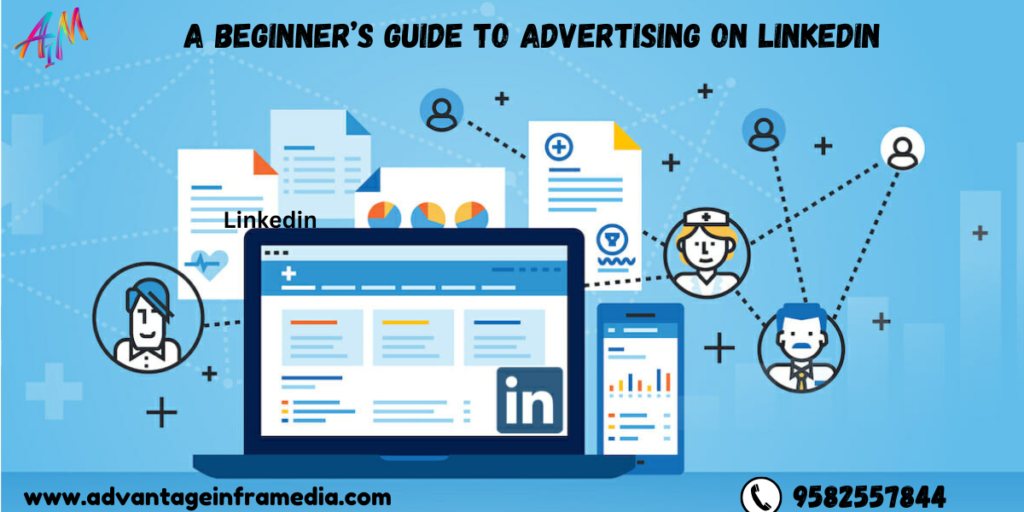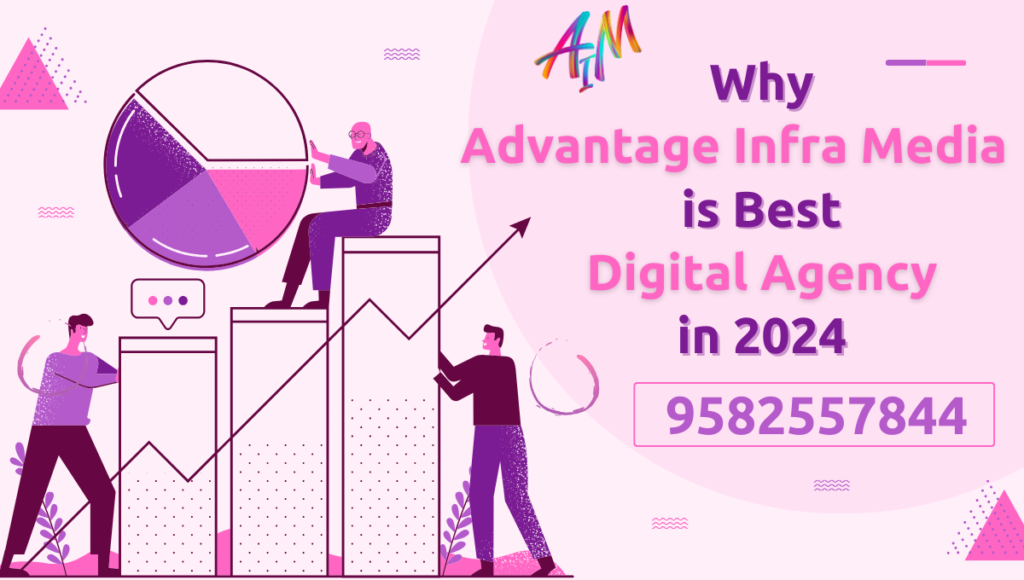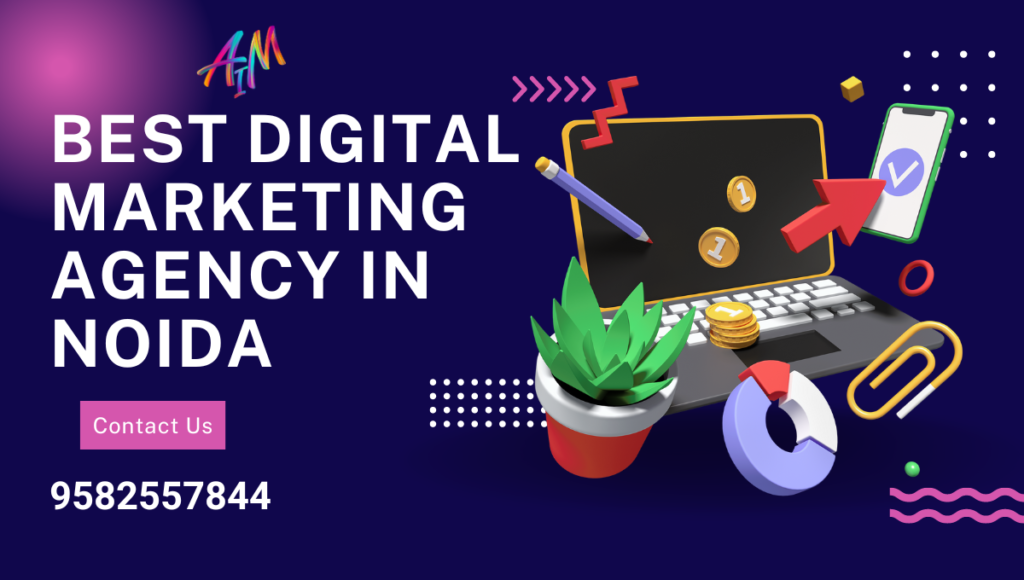In the realm of digital advertising, LinkedIn stands out as a powerhouse platform for businesses looking to connect with professionals and decision-makers in their industry. With its unparalleled targeting capabilities and access to a highly engaged audience, LinkedIn Ads have become an indispensable tool for B2B marketers worldwide. In this comprehensive guide, we’ll explore everything you need to know about LinkedIn Ads, from understanding their unique advantages to implementing strategies that drive results.
Chapter 1: Understanding LinkedIn Ads
1.1 What are LinkedIn Ads? – LinkedIn Ads are paid advertising solutions offered by the professional networking platform LinkedIn. They allow businesses to create targeted ads that reach professionals based on their job title, industry, company size, and other relevant criteria.
1.2 Types of LinkedIn Ads: – Sponsored Content: Promoted posts that appear in the LinkedIn feed, allowing businesses to showcase their content to a targeted audience. – Sponsored InMail: Personalized messages sent directly to LinkedIn users’ inboxes, ideal for driving engagement and conversions. – Text Ads: Small, text-based ads that appear in the right column of the LinkedIn desktop interface, offering a cost-effective way to reach a targeted audience.
1.3 Benefits of LinkedIn Ads: – Highly Targeted: LinkedIn Ads offer precise targeting options, allowing businesses to reach professionals based on specific job titles, industries, skills, and more. – Professional Audience: LinkedIn boasts over 700 million professionals worldwide, making it an ideal platform for B2B marketing and networking. – Brand Awareness: With Sponsored Content and Sponsored InMail, businesses can increase brand visibility and engagement among their target audience. – Lead Generation: LinkedIn Ads offer powerful lead generation features, including lead gen forms and conversion tracking, to help businesses capture high-quality leads.
Chapter 2: Creating Effective LinkedIn Ad Campaigns
2.1 Setting Objectives and Goals: – Before launching a LinkedIn Ad campaign, it’s essential to define clear objectives and goals, whether it’s increasing brand awareness, driving website traffic, or generating leads.
2.2 Target Audience Segmentation: – Utilize LinkedIn’s robust targeting options to segment your audience based on criteria such as job title, industry, company size, seniority, and more. Tailor your ad messaging to resonate with each segment.
2.3 Ad Creative and Messaging: – Create compelling ad creatives and messaging that speaks directly to your target audience’s pain points, challenges, and aspirations. Use eye-catching visuals, persuasive copy, and clear calls-to-action to drive engagement.
2.4 Ad Formats and Optimization: – Choose the most appropriate ad format for your campaign objectives, whether it’s Sponsored Content, Sponsored InMail, or Text Ads. Continuously monitor and optimize your ads for better performance, adjusting targeting, bidding, and creative elements as needed.
Chapter 3: Best Practices for LinkedIn Ads
3.1 Ad Copy and Design Tips: – Keep ad copy concise, compelling, and focused on the value proposition. Use high-quality visuals that grab attention and reinforce your message.
3.2 A/B Testing and Experimentation: – Test different ad variations, including headlines, images, ad copy, and calls-to-action, to identify which elements drive the best results. Use A/B testing to refine your campaigns and maximize ROI.
3.3 Landing Page Optimization: – Ensure a seamless transition from ad click to landing page by optimizing your landing pages for relevance, clarity, and conversion. Use dedicated landing pages with clear call-to-actions to maximize lead generation and conversions.
Chapter 4: Measuring and Analyzing LinkedIn Ad Performance
4.1 Key Performance Metrics: – Track important metrics such as click-through rate (CTR), conversion rate, cost-per-click (CPC), cost-per-lead (CPL), and return on ad spend (ROAS) to measure the effectiveness of your LinkedIn Ad campaigns.
4.2 LinkedIn Campaign Manager: – Use LinkedIn’s Campaign Manager dashboard to monitor campaign performance, view analytics, and make data-driven decisions to optimize your campaigns for better results.
4.3 Reporting and Insights: – Regularly review campaign reports and performance insights to identify trends, patterns, and areas for improvement. Use this data to refine your targeting, messaging, and overall strategy.
Chapter 5: Advanced Strategies for LinkedIn Ads Success
5.1 Retargeting Campaigns: – Implement retargeting campaigns to re-engage with users who have previously interacted with your brand or visited your website. Use LinkedIn’s Matched Audiences feature to target these users with tailored ads based on their past interactions.
5.2 Account-Based Marketing (ABM): – Leverage LinkedIn’s robust targeting capabilities for account-based marketing (ABM) initiatives. Identify high-value accounts and decision-makers within those accounts, then create personalized ad campaigns tailored to their specific needs and pain points.
5.3 Video Ads: – Incorporate video ads into your LinkedIn Ad strategy to capture attention and drive engagement. Use video content to showcase product demonstrations, customer testimonials, thought leadership content, and more, and leverage LinkedIn’s native video ad formats for maximum impact.
5.4 Thought Leadership Campaigns: – Position your brand as a thought leader in your industry by creating content-rich ad campaigns that provide valuable insights, tips, and industry trends. Use Sponsored Content and Sponsored InMail to distribute thought leadership content to your target audience and establish credibility and authority.
5.5 Event Promotion: – Promote webinars, conferences, trade shows, and other events using LinkedIn Ads to drive registrations and attendance. Use Sponsored Content, Sponsored InMail, and Text Ads to target professionals who are likely to be interested in your event based on their job title, industry, and interests.
Chapter 6: Overcoming Challenges and Maximizing ROI
6.1 Budget Management: – Allocate your advertising budget strategically across different LinkedIn Ad formats and campaigns based on their performance and alignment with your business objectives. Continuously monitor your budget allocation and adjust as needed to maximize ROI.
6.2 Ad Fatigue and Frequency Capping: – Prevent ad fatigue by regularly refreshing your ad creative and adjusting ad frequency capping settings to ensure that users are not overwhelmed by seeing the same ads repeatedly. Experiment with different ad variations and messaging to keep your campaigns fresh and engaging.
6.3 Ad Compliance and Policy Guidelines: – Familiarize yourself with LinkedIn’s ad policies and guidelines to ensure compliance and prevent your ads from being rejected or disapproved. Adhere to best practices for ad copy, imagery, targeting, and landing page content to maintain a positive user experience and maximize ad performance.
Conclusion:
LinkedIn Ads offer unparalleled opportunities for B2B marketers to connect with professionals, drive engagement, and generate leads. By understanding the unique advantages of LinkedIn Ads, creating effective campaigns, following best practices, and measuring performance, businesses can unlock the full potential of this powerful advertising platform. Embrace LinkedIn Ads as a cornerstone of your B2B marketing strategy and watch your business thrive in the digital landscape.




